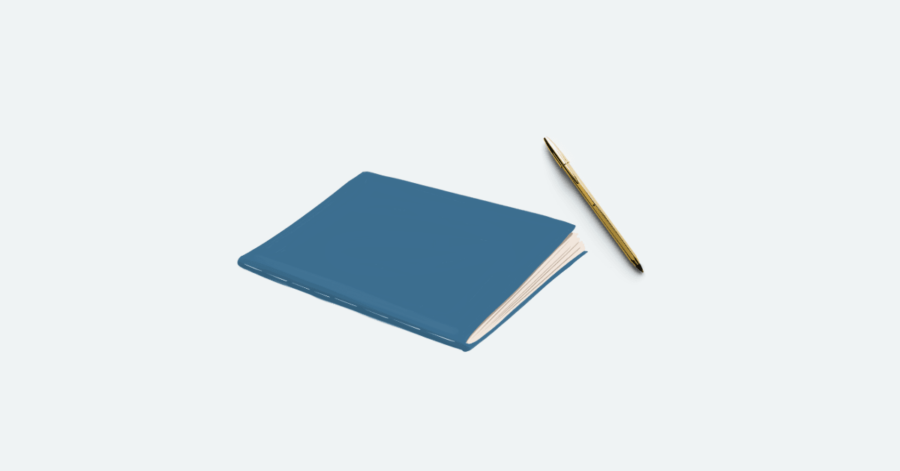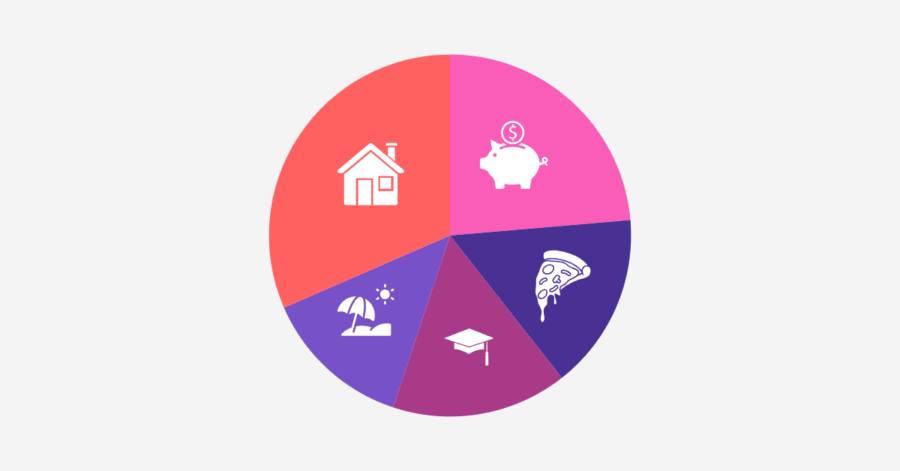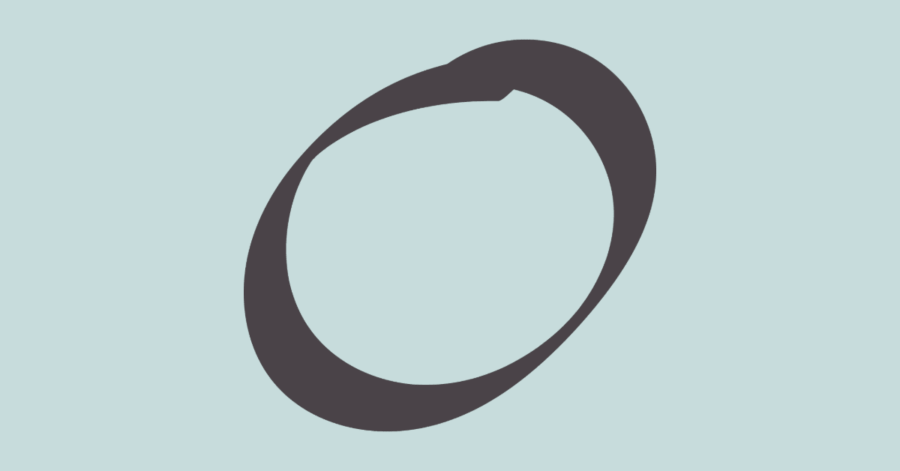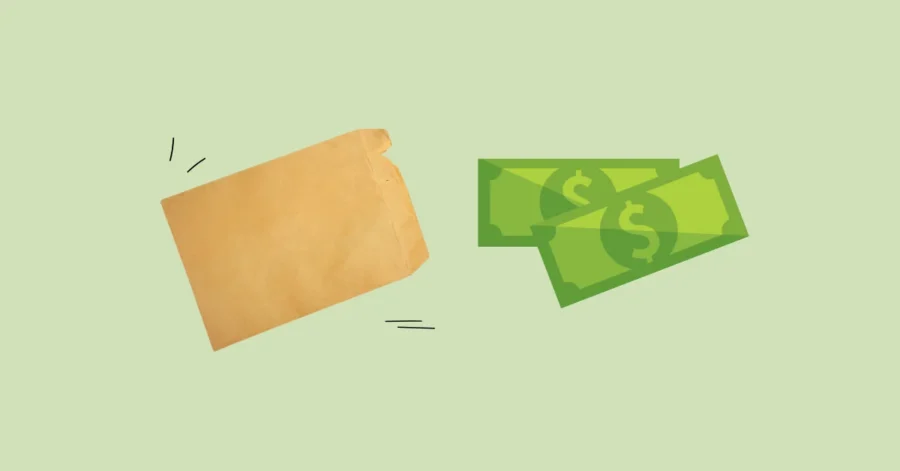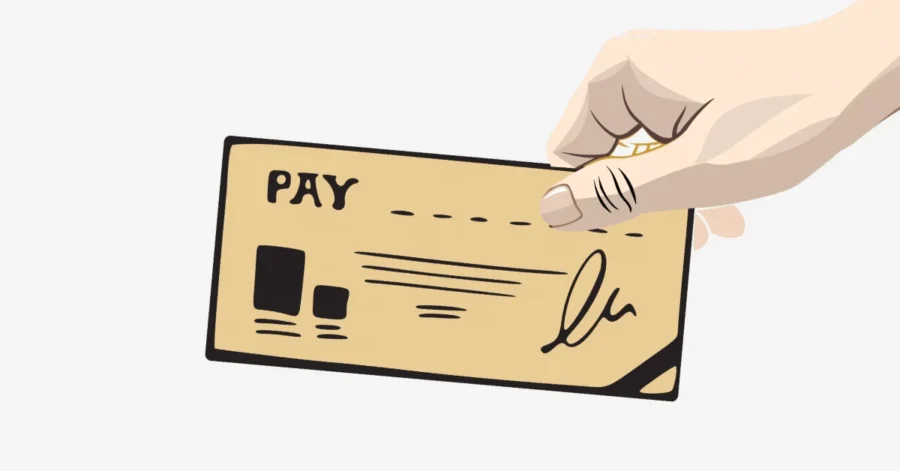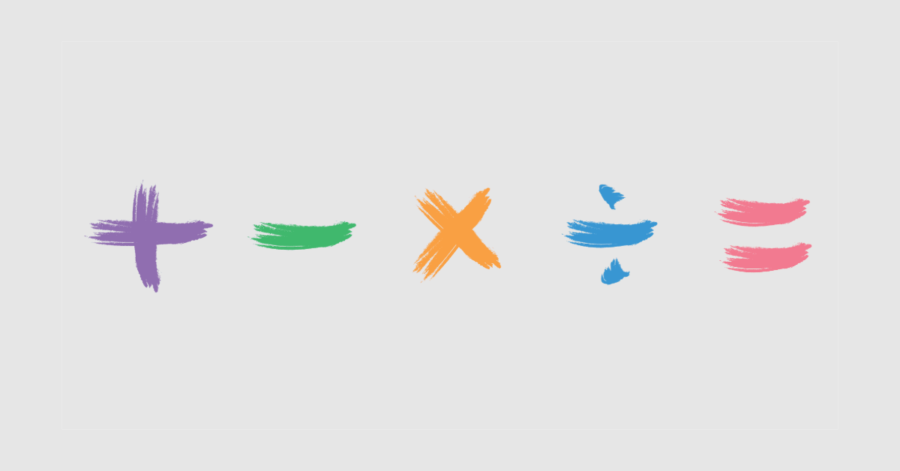Kakeibo is a Japanese budgeting method that helps you manage your finances effectively. Unlike budgeting apps or spreadsheets, Kakeibo uses pen and paper to help you stay focused and mindful of your daily spending.
It’s now used by people all over the world because it’s easy to follow, requires no special tools, and helps build better money habits over time.
If other budgeting methods haven’t worked for you, Kakeibo might be a better choice. It helps you focus on what really matters, cut out unnecessary spending, all with just a notebook and a few minutes each day.
What You’ll Learn
ToggleWhat is Kakeibo?
Definition: Kakeibo is a Japanese word that means “household financial ledger.” It’s a simple budgeting method that helps you save money by writing down what you earn, what you spend, and how you plan to save.
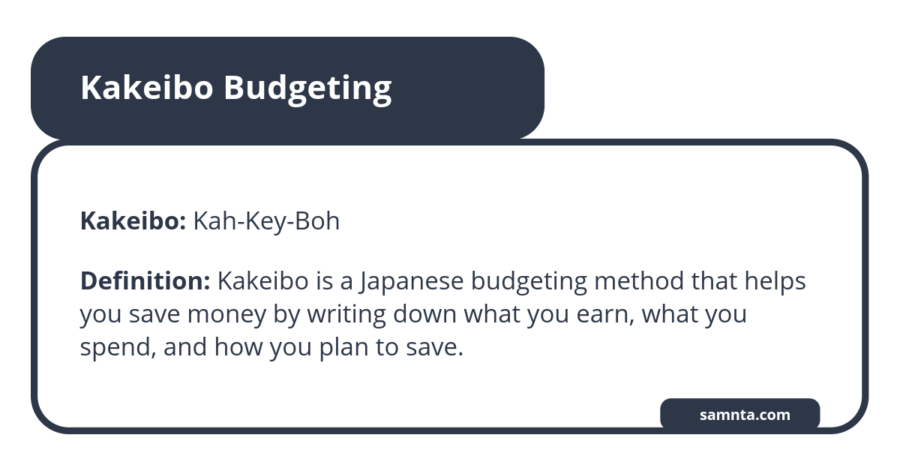
Origin of the Concept: Hani Motoko, who was Japan’s first female journalist, introduced the Kakeibo budgeting method. She believed that writing things down helps people think more clearly about their money and make better choices.
Real-Life Example: Let’s take Numi, a teacher who earns $3,000 a month after taxes. She wants to save more, but always ends up spending most of her income without realizing where it goes.
Numi starts using the notebook. She writes down her income, savings goal, fixed expenses, and flexible spending.
At the end of the month, Numi realizes she cut back on impulse shopping and actually saved $650, more than she expected. With the help of Kakeibo, she feels more in control of her money.
How Does the Kakeibo Method Work?
Every budgeting method has its own specific purpose that is created based on requirements. However, you can take the self-test below. Start by asking yourself these three questions.
- Are you comfortable with writing?
- How much money do you have?
- How much would you like to save?
- How much are you spending?
If you give two or more accurate answers, then Kakeibo Budgeting is for you.
How to Start Budgeting with Kakeibo
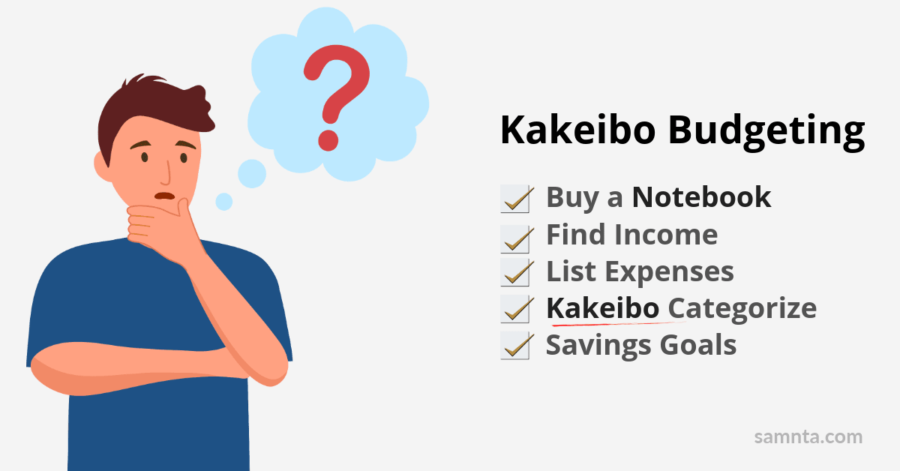
Budgeting with Kakeibo is easy. Just grab a notebook, a pen, and set aside a few minutes of your day. Here’s how to begin:
Step 1: Buy a Notebook
Buy a budgeting notebook from a bookstore or search online. There are two options, one is fancy and the other is simple.
A simple one works perfectly. Choose a size that can be large, medium, or pocket-sized. Now, that is your personal money journal.
Before starting the budget, make sure you leave a few pages at the front for a Monthly overview, End-of-month reflection, or any important notes.
Step 2: Know your Earnings
Start by finding out how much you earn each month after taxes. Including your salary, freelance income, side gigs, or other sources. After tax is your net income helps to make a budget structure.
Step 3: Divide into Kakeibo Categories
The Kakeibo budget has four simple categories. Categorization helps you track where your money is spent, so that you can cut for savings goals.
1. Essentials: Necessary expenses like food, rent/mortgage, bills, groceries, utilities, and transportation.
2. Optional: Optional expenses are eating out, shopping, vacation, or subscriptions.
3. Culture: Spending that supports learning and creativity, like books, art, cooking, music, and theater.
4. Unexpected: Emergency or surprise expenses, including repairs, doctor visits, and miscellaneous.
Step 4: Set a Savings Goal
Budgeting without saving is pointless. Before spending, decide how much you want to save this month. Write it down in your notebook.
Subtract the expected saving goal amount from your income to see how much you can use for expenses.
If your first priority is saving, then use the Pay Yourself First budgeting method. Most budgeting methods set aside about 20% for savings.
Step 5: Write Down Your Spending
Each time you spend money, write it in your notebook. Include the date, amount, and what you bought.
Then sort it into one of the four Kakeibo categories: that are Essentials, Optional, Culture, or Unexpected.
Conclusion
Kakeibo isn’t just a way to budget. By using pen and paper to keep track of your money, you slow down, giving you more time and making each purchase more thoughtfully.
It’s not about strict rules; it’s about making informed choices that match your goals.
Kakeibo is the best fit, whether you’re trying to save more, reduce expenses, or just feel more in control of your finances.
FAQs
What is the Kakeibo Meaning?
Japanese budgeting method that helps to manage money using a notebook.
Who Invented the Kakeibo Method?
Hani Motoko, a notable Japanese journalist, created this budgeting method.
What are the Benefits of using Kakeibo?
Kakeibo increases financial awareness and helps individuals reach their savings goals.
How is Kakeibo different from other Budgeting Methods?
Kakeibo is a journaling-based budgeting method that helps and trains our thinking. Unlike other budgeting methods that are computerized and provide additional distractions.
What categories are used in the Kakeibo Method?
Kakeibo typically has four categories: Needs, Wants, Culture, and Unexpected.
